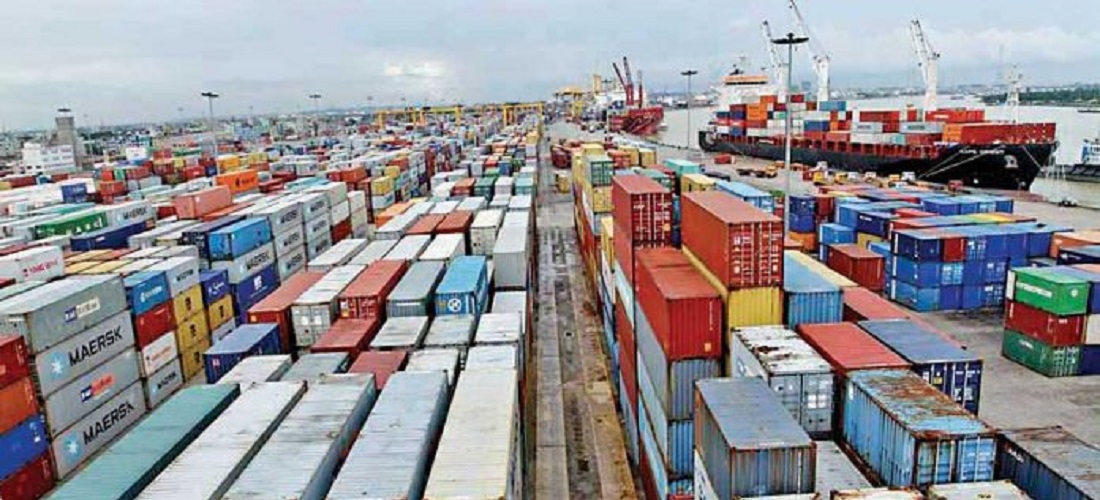
South America trade routes among those less affected by bottlenecks
Nov, 03, 2021 Posted by Ruth HollardWeek 202142
Based on the Global Liner Performance report of October 2021, Sea-Intelligence analyzed the impact of bottlenecks in the maritime supply system, from the perspective of days of delay in shipments.
The data show how excessive delays developed during the period from January 2019 to September 2021.
Although there was an initial increase in waiting during the first half of 2020, after a brief period of improvement in July of last year, delays increased significantly towards the end of last year and beginning of 2021, reaching a peak of 3.93 days. of waiting in August 2021.
For Alan Murphy, CEO of Sea-Intelligence, the most pertinent question is whether the global average of excessive delays is representative of all trade routes. According to the executive, “ship delays in September 2021 are above the 2016-2019 baseline for the 34 trade routes covered in the Global Line performance report. Most operations show very significant delay increases”.
Murphy added that “congestion issues that cause delays are indeed prevalent around the world and are not limited to a few major operations.”
However, some individual operations are unaffected and, in essence, have the same magnitude of delays as they had before the pandemic. These relatively less-affected trade routes are primarily connected to South America, both from Europe (-0.23 days late) and North America (0.54).
By contrast, the routes with the most excessive delays are Asia-North America West Coast (8.44 days late), Oceania-North America (7.72), East Coast South America-Asia (5.28), and Asia-Oceania (5.25)
Source: Port Portal
To read the full original article, visit the link:
-
Sugar and Ethanol
May, 04, 2022
0
Tereos believes in a 2022/23 harvest rebound after a drought-stricken season
-
Ports and Terminals
Dec, 11, 2023
0
Transnordestina railway to double cargo capacity at Pecém Port by 2035
-
Ports and Terminals
Sep, 18, 2019
0
LNG plant at the Port of Bahía Blanca may be operating by 2022
-
Shipping
Jul, 15, 2019
0
Cosco Bolivia complains about intermediation of Bolivian entity in the Port of Ilo



